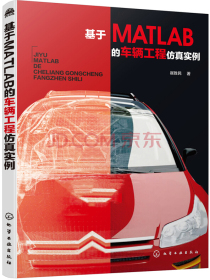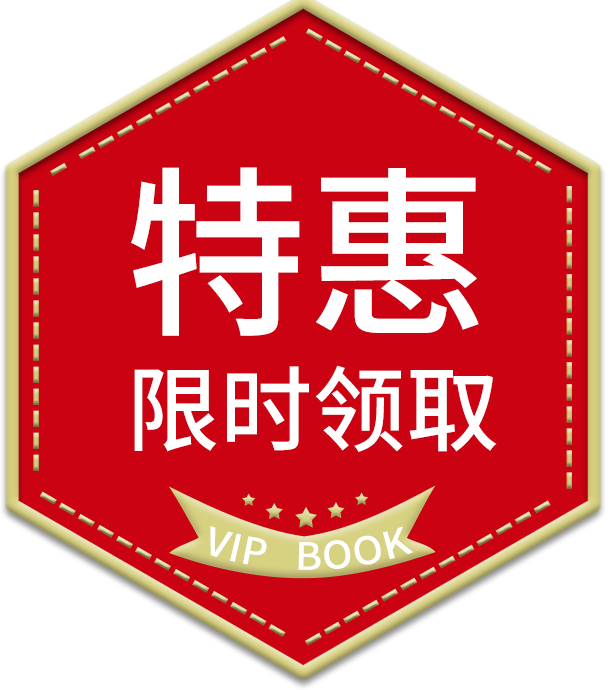类似推荐
编辑推荐
本书针对金属增材制造加工过程进行了系统研究。
内容简介
全书共分为九章:
第一章为绪论。
第二章至第四章研究金属增材制造打印机腔体内部流场及颗粒分布特性,并设计了新颖的流体罩和负压管对打印机腔体内部流场优化以及溅射颗粒清除。
第五章至第九章主要研究金属增材制造加工过程中熔池特性,其中第五章研究了金属熔池动力学特性,第六章研究了外加磁场对金属增材制造过程中熔池以及凝固过程的影响,第七章和第八章研究了金属增材制造过程中工件内部单气孔缺陷和多气孔缺陷的演化过程。第九章研究金属增材制造工件激光清洗工艺,以控制工件表面粗糙度。
本次主要修订了技术内容的专业描述,更新了部分结果。
章节目录
版权信息
内容简介
Preface
Chapter 1 Introduction
1.1 Background
1.2 Motivation
1.3 Outline
Chapter 2 Investigation of the flow field in Laser-based Powder Bed Fusion manufacturing
2.1 Introduction
2.2 Simulation model of the L-PBF printer
2.2.1 Problem description
2.2.2 Geometric model of the L-PBF printer
2.2.3 Numerical model of the L-PBF printer
2.3 Simulation results
2.3.1 Distribution of the flow field
2.3.2 Distribution of the temperature field
2.3.3 Distribution of spatter particles
2.4 Conclusions
References
Chapter 3 Investigation of optimizing the flow field with fluid cover in Laser-based Powder Bed Fusion manufacturing process
3.1 Introduction
3.2 Simulation model of the L-PBF printer
3.2.1 Geometry of the L-PBF printer with a fluid stabilizing cover
3.2.2 Numerical model of printer with a fluid stabilizing cover
3.2.3 Mesh of the L-PBF printer with a fluid stabilizing cover
3.2.4 Model of the fluid stabilizing cover and particles
3.3 Simulation results and discussions
3.3.1 Influence of the fluid stabilizing cover on the flow field
3.3.2 Influence of the fluid stabilizing cover on particles distribution and removing rate
3.4 Summary and conclusions
References
Chapter 4 Numerical investigation of controlling spatters with negative pressure pipe in Laser-based Powder Bed Fusion process
4.1 Introduction
4.2 Simulation model of the L-PBF printer
4.2.1 Geometric model of the L-PBF printer
4.2.2 Numerical model of the L-PBF printer
4.3 Simulation results and discussions
4.3.1 Effect of pipe diameter
4.3.2 Effect of outlet flow rate
4.3.3 Effect of initial particle velocity
4.4 Summary and conclusions
References
Chapter 5 Evolution of molten pool during Laser-based Powder Bed Fusion of Ti-6Al-4V
5.1 Introduction
5.2 Modeling approach and numerical simulation
5.2.1 Model establishing and assumptions
5.2.2 Governing equations
5.2.3 Heat source model
5.2.4 Phase change
5.2.5 Boundary conditions setup
5.2.6 Mesh generation
5.3 Experimental procedures
5.4 Results and discussions
5.4.1 Surface temperature distribution and morphology
5.4.2 Formation and solidification of the molten pool
5.4.3 Development of the evaporation region
5.5 Conclusions
References
Chapter 6 Simulation of surface deformation control during Laser-basedPowder Bed Fusion Al-Si-10Mg powder using an external magnetic field
6.1 Introduction
6.2 Modeling and simulation
6.2.1 Modeling of L-PBF
6.2.2 Mesh model and basic assumptions
6.2.3 Heat transfer conditions
6.2.4 Marangoni convection
6.2.5 Phase-change material
6.2.6 Lorentz force
6.3 Results
6.3.1 Velocity field in the molten pool
6.3.2 Lorentz force in the MP
6.3.3 Surface deformation of the sample
6.4 Conclusions
References
Chapter 7 Influence of laser post-processing on pore evolution of Ti-6Al-4V alloy by Laser-based Powder Bed Fusion
7.1 Introduction
7.2 Experimental procedures
7.2.1 Sample fabrication
7.2.2 Determination of porosity by micro-CT
7.3 Modeling and simulation
7.3.1 Numerical model
7.3.2 Moving Gaussian heat source
7.3.3 Thermal boundary conditions
7.3.4 Marangoni effect, surface tension and recoil pressure
7.4 Numerical results and discussion
7.5 Conclusions
References
Chapter 8 Evolution of multi-pores in Ti-6Al-4V/Al-Si-10Mg alloy during laser post-processing
8.1 Introduction
8.2 Experimental procedures
8.2.1 Sample preparation
8.2.2 Detection of porosity by mirco-CT
8.3 Model and simulation
8.3.1 Simulation model
8.3.2 Gaussian heat source
8.3.3 Latent heat of phase change
8.3.4 Level-set method
8.3.5 Boundary conditions
8.4 Numerical results and discussion
8.5 Conclusions
References
Chapter 9 Investigation of laser polishing of four Laser-based Powder Bed Fusion alloy samples
9.1 Introduction
9.2 Model and theoretical calculation
9.2.1 Physical model and assumptions
9.2.2 Governing equations and boundary conditions
9.2.3 Simulation results
9.3 Experimental methods
9.3.1 Sample fabrication
9.3.2 Morphology observation by 3D optical profiler
9.3.3 Experimental results
9.4 Conclusions
References
基于流体力学的金属增材制造过程仿真研究(英文版第二版)是2022年由电子工业出版社出版,作者李辉。
得书感谢您对《基于流体力学的金属增材制造过程仿真研究(英文版第二版)》关注和支持,如本书内容有不良信息或侵权等情形的,请联系本网站。

















